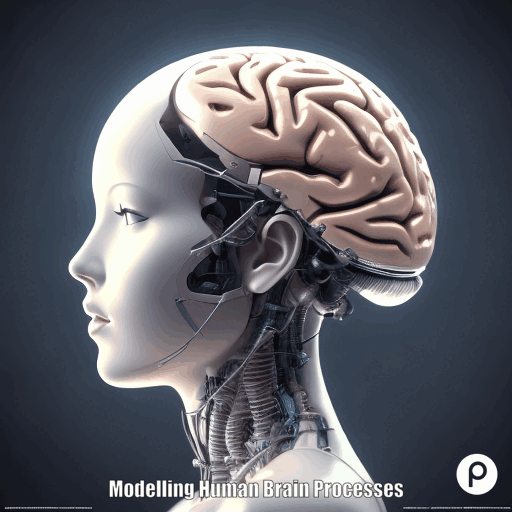- Nositelj kolegija: Goran Šimić

Students should acquire knowledge and capacity to understand:
1.Basic cell behavior that emphasizes its fluidity, plasticity, and stochasticity; key differences between deterministic and probabilistic conception of cellular behavior; graded vs. stochastic models of gene expression patterns; 2. Basic electrical circuit theory; 3. Neurons as computational devices, sequential and parallel computation in a neural network with examples from the visual system; basics in neural network modeling; 4. Basics of how single neurons build functional networks and cognition; elementary attractor dynamics and functional changes of the concept neurons; main differences between short-term memory vs. long-term consolidation; 5. Transmodal hubs: main principles of diffusion tensor imaging (DTI, tractography) and imaging functional connectivity of the human neural networks; 6. Default mode network as a model for studying unconscious brain's functional connectivity; consciousness: fundamental vs. emergent properties; 7. Basic principles of resting state fMRI and independent component analysis of the matrix BOLD signal; 8. Main principles of non-invasive brain stimulation using rTMS and tDCS: modulation of synaptic plasticity for enhancement of cognitive functions and emotional regulation; 9. How to model perceptrons - layered associative networks without synaptic loops; how the human visual system can be modeled as a perceptron; 10. Modeling associative networks: supervised vs. unsupervised learning; learning rules in associative neuronal networks: delta rule, backpropagation algorithm, error-weight relationship, local vs. global minima, adequate training set size, Hebbian vs. non-Hebbian forms of plasticity; 11. Representation of knowledge through semantic networks; how semantic networks are used in artificial intelligence applications; 12. Neurobiological basis of decision making: experimental neuroeconomics and cognitive neuroscience; risk-taking behaviors; fear conditioning; self-confidence, the illusion of knowledge; games theory (prisoners' dilemma, Nash equilibrium); rewarding and punishing behavioral reinforcers; multimodal- and reward-value representations in the human prefrontal cortex;13. Stereological principles for quantitative studies of the neural elements (neurons, dendrites, synapses); 14. Analysis of neuroscience and big data using neuronal networks and machine learning; 15. Basics of main brain diseases, especially neurodegenerative diseases, such as Alzheimer’s disease, and psychiatric diseases, such as schizophrenia.
The course's prerequisites include successfully completing the first-year courses Biology 1 and Biology 2, Bioinformatics 1 and Bioinformatics 2, Introduction to Human Body, Mechanisms of Human Diseases, Statistics 1 and Statistics 2.
- Nositelj kolegija: Goran Šimić
- Izvođač kolegija: Eduard Marušić-Paloka
- Izvođač kolegija: Matej Mihelčić
- Izvođač kolegija: Andrija Štajduhar
